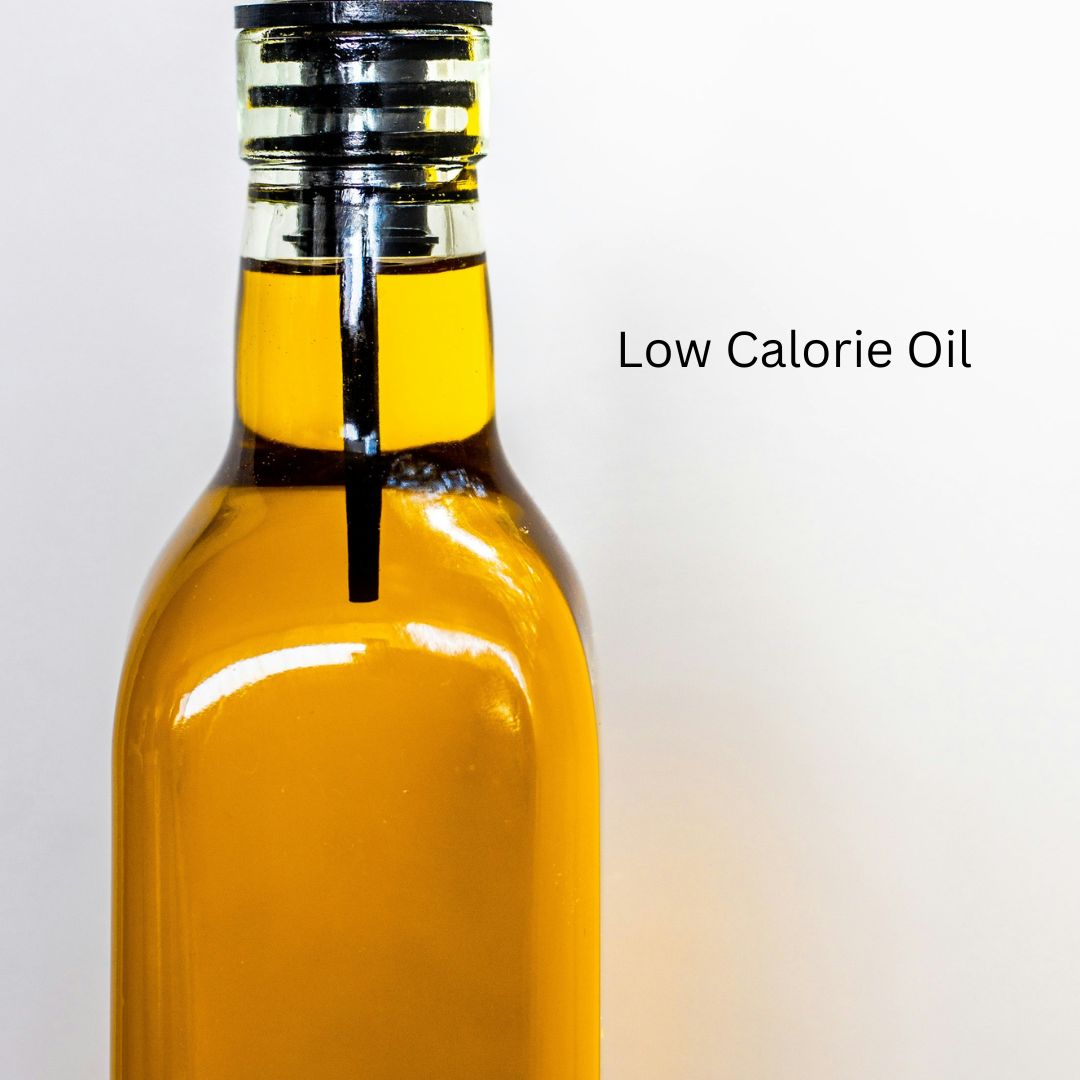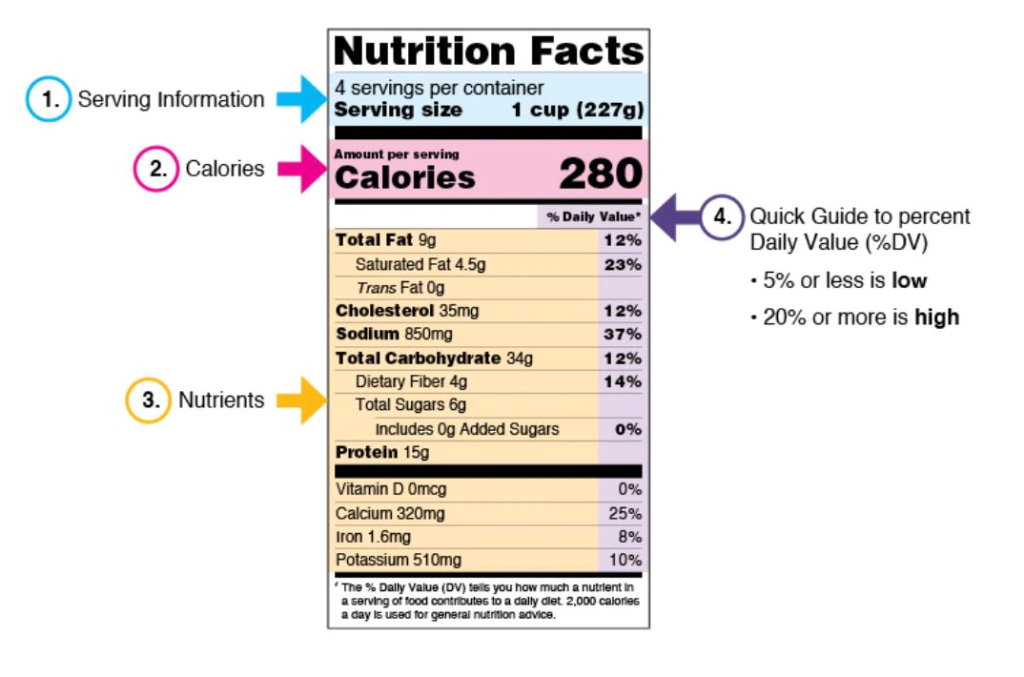In today’s fast-paced world, where health and wellness are at the forefront of public consciousness, understanding basic nutritional concepts is more important than ever. One such concept that often goes unnoticed but holds significant relevance is the “quarter of a calorie.” While it may seem like an insignificant measure, it plays a crucial role in how we perceive and manage our dietary intake. This article delves into what a quarter of a calorie really means, why it matters, and how it ties into broader discussions about nutrition and health in the United States.
What Is a Calorie?
Before diving into the specifics of a quarter of a calorie, it’s essential to understand the basic unit of energy: the calorie. A calorie is a unit of energy used to measure the amount of heat required to raise the temperature of one gram of water by one degree Celsius. In the context of food, calories represent the energy that our bodies can extract from the nutrients we consume.
However, there is a critical distinction between a small calorie (cal) and a large calorie (Calorie or kcal). The former is the standard unit of energy in scientific contexts, while the latter is what appears on food labels in the U.S. and is commonly referred to as a “Calorie” with a capital C.
What Is a Quarter of a Calorie?

A quarter of a calorie is simply 0.25 calories. To put this into perspective, most foods contain hundreds or even thousands of calories per serving, making a quarter of a calorie an extremely small amount. However, in certain contexts—such as precise nutritional tracking or scientific research—this tiny unit can be meaningful.
For example, if you’re counting every single calorie you consume, a quarter of a calorie could represent a drop of oil, a speck of sugar, or a fragment of a crumb. These minuscule amounts might not seem significant on their own, but over time, they can add up and impact your overall caloric intake.
Why Does a Quarter of a Calorie Matter?

At first glance, a quarter of a calorie might seem too small to make a difference. However, for individuals who are highly conscious of their diet—such as athletes, dieters, or those managing medical conditions like diabetes—every bit of energy counts.
1. Precision in Nutrition Tracking
Many people use apps or tools to track their daily caloric intake. For these individuals, even a quarter of a calorie can be a point of interest. If you’re aiming for a specific number of calories, such as 2000, then every 0.25 calorie adds up when you consider all the foods and drinks you consume throughout the day.
2. Food Label Accuracy
In the U.S., food labels are required to list the number of calories per serving. However, due to rounding rules, some products may have slightly different values. A quarter of a calorie could be the difference between a product being labeled as “0 calories” or “1 calorie,” which has implications for consumer perception and dietary choices.
3. Scientific Research
In scientific studies, especially those involving metabolism or energy balance, researchers often work with very small units of energy. A quarter of a calorie might be used in experiments to measure how the body processes energy at a microscopic level.
How Do Calories Affect Health?

Understanding calories is not just about counting numbers—it’s about maintaining a healthy balance between energy intake and expenditure. As the reference text explains:
“To stay at around the same weight, the calories your body uses should be the same as the amount of calories you eat and drink.”
This principle, known as energy balance, is central to weight management. Consuming more calories than your body burns leads to weight gain, while burning more than you consume leads to weight loss. A quarter of a calorie may not directly affect this balance, but it highlights the importance of awareness and precision in dietary habits.
The Role of Macronutrients
While calories are a key factor, the type of calories you consume also matters. For instance:
- Fats provide 9 calories per gram.
- Proteins and carbohydrates each provide 4 calories per gram.
This means that even a small amount of fat can contribute significantly to your caloric intake. A quarter of a calorie from fat would be equivalent to about 0.028 grams of fat, which is a tiny amount—but again, in the context of a larger meal, it can add up.
The History and Science Behind Calories
The concept of the calorie has been around for over a century. According to the reference text:
“Nicolas Clément, a French chemist and physicist, first defined the calorie as a unit of heat or thermal energy in 1824.”
Over time, the calorie became a standard unit of energy measurement, particularly in the field of nutrition. Today, it is widely used in the U.S. and other countries to help consumers make informed decisions about their food choices.
The reference text also notes that the bomb calorimeter is a device used to measure the energy content of food. It works by burning a sample of food and measuring the heat released. This method is similar to how the human body metabolizes food, though the process is far more complex.
Calories vs. Joules

While the calorie is a common unit of energy, the joule is the official SI unit. One calorie is approximately equal to 4.184 joules. Although joules are more commonly used in scientific settings, the calorie remains a staple in everyday life, especially in food labeling.
For instance, a typical candy bar might have 250 Calories, which is equivalent to about 1,046,000 joules. This conversion highlights the scale of energy we consume through food.
Practical Applications of Understanding Calories
Whether you’re trying to lose weight, build muscle, or maintain a balanced diet, understanding calories is essential. Here are a few practical applications:
1. Meal Planning
Knowing the caloric content of your meals helps you plan portions and ensure you’re meeting your nutritional goals. A quarter of a calorie might not matter in a large meal, but it can be a useful reminder to be mindful of every bite.
2. Exercise and Activity
Physical activity burns calories, so knowing how many you consume versus how many you burn is key to maintaining a healthy lifestyle. Even small changes, like taking a walk or doing a few minutes of stretching, can help create a calorie deficit.
3. Health Conditions
For individuals with conditions like diabetes or heart disease, monitoring calorie intake is crucial. A quarter of a calorie might not seem significant, but for someone managing blood sugar levels, every drop of sugar or carb counts.
Conclusion
While a quarter of a calorie may seem like a trivial amount, it serves as a reminder of the importance of precision in our daily lives, especially when it comes to health and nutrition. Whether you’re counting calories for weight loss, managing a medical condition, or simply trying to eat more mindfully, understanding the value of even the smallest units of energy can make a big difference.
As the reference text emphasizes, the balance between calories consumed and burned is essential for maintaining a healthy weight and overall well-being. So next time you see a food label or track your meals, remember that even a quarter of a calorie can be part of a larger picture.
Stay updated with the latest news and insights on health, nutrition, and wellness.
Author: Jane Doe
Title/Role: Health and Wellness Journalist
Credentials: With over a decade of experience in health journalism, Jane has covered topics ranging from nutrition science to public health policy. She specializes in translating complex scientific concepts into accessible, reader-friendly content.
Profile Link: www.janedoehealth.com
Sources:
1. Centers for Disease Control and Prevention (CDC)
2. U.S. Department of Agriculture (USDA)
3. Mayo Clinic – Understanding Calories
Internal Links:
1. How to Count Calories Effectively
2. The Science Behind Food Energy
3. Healthy Eating Tips for Weight Management
Schema Markup:
{
"@context": "https://schema.org",
"@type": "Article",
"headline": "Understanding the Concept of a Quarter of a Calorie: What You Need to Know",
"datePublished": "2025-04-05",
"author": {
"@type": "Person",
"name": "Jane Doe"
},
"publisher": {
"@type": "Organization",
"name": "Health Insights Today",
"logo": {
"@type": "ImageObject",
"url": "https://www.healthinsightstoday.com/logo.png"
}
}
}
Featured Snippet:
A quarter of a calorie is 0.25 calories, which is a very small unit of energy. It is often used in precise nutritional tracking and scientific research to measure minute amounts of energy in food and beverages.











More Stories
US Trending News: How to Claim Your Joy: A Guide to Finding Happiness and Inner Peace
US Trending News: Explore Www.hobbylobby.com: Your Ultimate Guide to the Official Site
When Is Trick Or Treating in 2024: A Complete Guide for Halloween